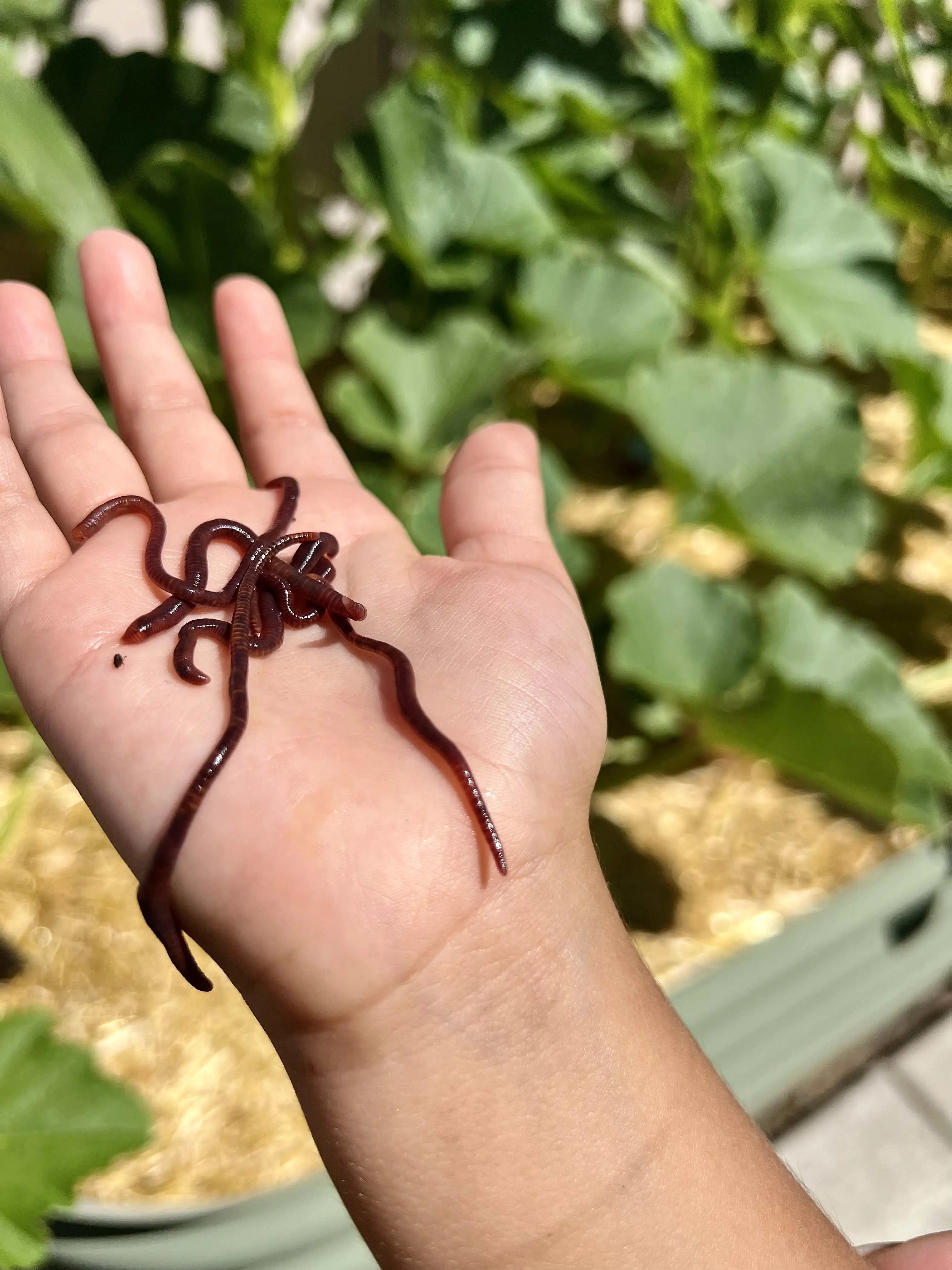Red Wigglers: The Unsung Heroes of Organic Waste Recycling
Red wigglers, or Eisenia fetida, serve as critical representatives in the natural waste reusing process, changing disposed of products right into valuable vermicompost. As the world progressively looks for options to fight waste build-up and enhance agricultural efficiency, understanding the role of these worms becomes vital.
What Are Red Wigglers?
The impressive resilience of red wigglers, scientifically called Eisenia fetida, emphasizes their crucial duty in organic waste recycling. These small, reddish-brown earthworms are commonly discovered in decaying natural issue, such as compost heap and manure loads. Lake Hickory Bait. Unlike various other earthworm types, red wigglers prosper in nutrient-rich environments and are very reliable at damaging down natural products, making them essential for vermicomposting

(Red Wiggler Express)Along with their duty in waste decrease, red wigglers add to soil wellness by enhancing soil framework and aeration through their burrowing tasks (Lake Hickory Bait). Their visibility in composting systems not only enhances decay rates but also promotes a sustainable strategy to waste administration, highlighting their importance in environmental conservation initiatives
Advantages of Composting With Worms
Composting with worms, specifically red wigglers, supplies various benefits that improve both waste monitoring and dirt wellness. These worms efficiently break down organic waste, transforming it into nutrient-rich vermicompost that enriches soil. This procedure speeds up decay, enabling a quicker recycling of kitchen scraps and other natural products compared to typical composting methods.
Furthermore, the vermicompost created by red wigglers is including useful microbes, which assist boost dirt structure, aeration, and moisture retention. This improves the total health and wellness of plants, promoting vigorous development and increased yields in yards and farming settings. Moreover, the usage of worms in composting decreases the manufacturing of greenhouse gases, such as methane, adding to an extra lasting waste administration system.

Just How to Start Vermicomposting
Developing a vermicomposting system is an uncomplicated procedure that can generate substantial advantages for both waste monitoring and soil enrichment. To begin, select a suitable container, such as a plastic bin or wooden box, with appropriate air flow openings to make sure proper airflow. The measurements should preferably be about 2 feet by 3 feet, allowing enough room for the worms to thrive.
Next, prepare bed linen product, which can contain shredded paper, cardboard, or coconut coir. This bedding must be dampened to develop an ideal environment for the worms. As soon as the bedding is in area, present red wigglers (Eisenia fetida) right into the bin, commonly around one pound of worms for every square foot of surface location.
Following the positioning of worms, look at this now add natural waste, such as vegetables and fruit scraps, coffee premises, and smashed eggshells. Prevent including dairy products, meat, or oils, as these can create odors and bring in parasites. Position the bin in a shaded, temperature-controlled location to preserve optimum conditions for worm task. With these steps, you will properly initiate a vermicomposting system that adds to lasting waste administration and improves your dirt.
Keeping a Healthy And Balanced Worm Bin
(Lake Hickory Bait)Keeping a worm bin flourishing calls for routine interest and care to make certain the health of the red wigglers and the performance of the composting procedure. Appropriate upkeep begins with keeping an eye on the dampness levels; the bin should perspire yet not soaked. A good general rule is to preserve an uniformity similar to a wrung-out sponge.
Aeration is crucial. Delicately mixing the bed linen and food scraps every couple of weeks protects against compaction and guarantees that all worms have accessibility to oxygen. Additionally, it is essential to feed the worms appropriately. A balanced diet regimen of vegetables and fruit scraps, coffee premises, and crushed eggshells ought to be offered in moderation to avoid overfeeding, which can result in smells and parasites.
If the bin ends up being too warm or cool, the worms may end up being worried. By diligently taking care of these elements, one can preserve a durable and efficient worm container.
Influence On Lasting Living
The successful maintenance of a worm container not only benefits the wellness of red wigglers but likewise contributes substantially to lasting living practices. By recycling organic waste, such as kitchen area scraps and yard particles, red wigglers aid divert substantial amounts of product from garbage dumps. This reduction in waste not just reduces greenhouse gas emissions yet likewise minimizes the ecological concern related to waste management.
Furthermore, the spreadings created by red wigglers act as a nutrient-rich natural fertilizer, enhancing soil wellness and promoting plant growth. This natural choice to chemical fertilizers supports lasting agriculture and horticulture methods, reducing dependence on synthetic inputs that can damage ecological communities. Furthermore, worm composting cultivates understanding of waste management, motivating people and areas to adopt even more lasting practices.

Final Thought
In recap, red wigglers serve as essential factors to organic waste recycling via their effective decomposition of natural materials. By incorporating vermicomposting right into waste monitoring strategies, individuals and communities can significantly decrease waste while advertising ecological sustainability.